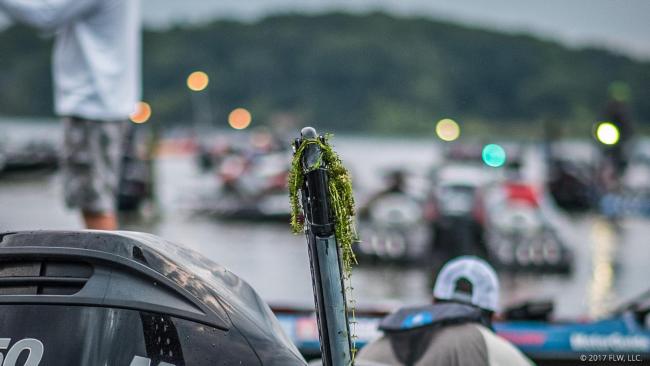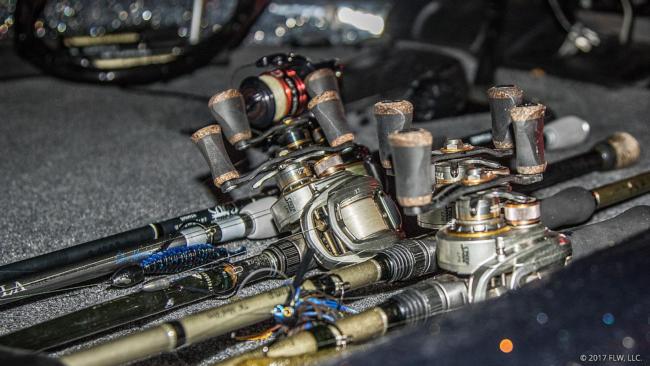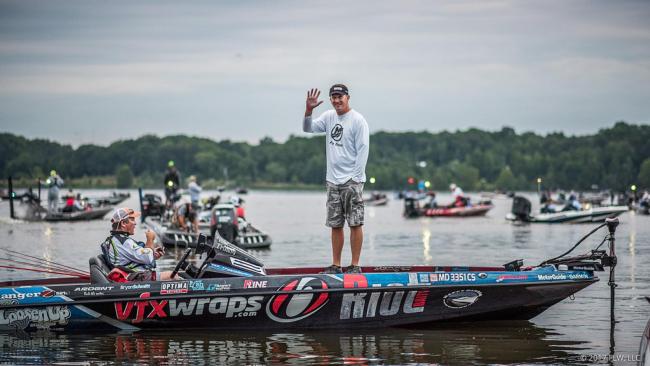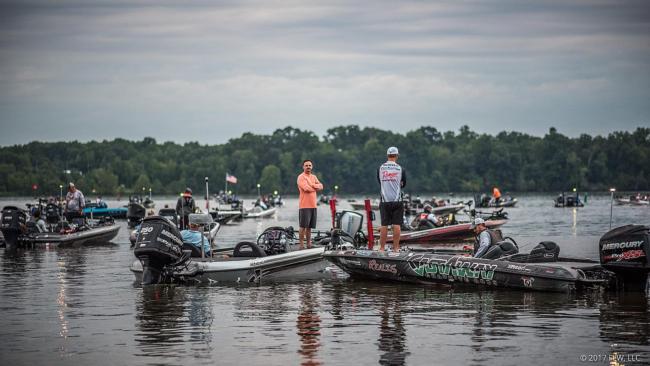A Potomac Grind?
Famed tidal fishery leaving some pros puzzled
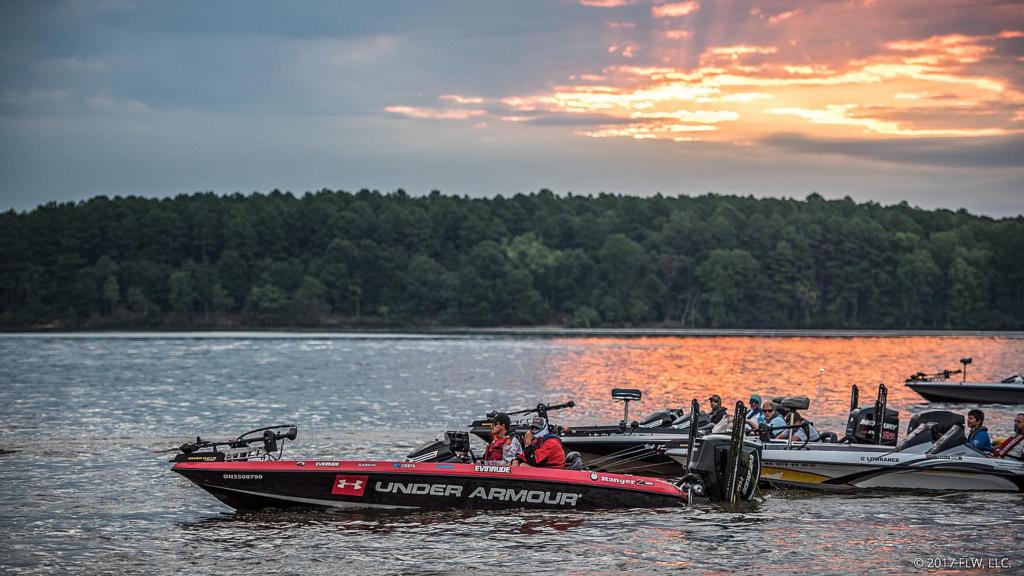
The final event of the Costa FLW Series Northern Division season was supposed to be a bit of a slugfest. Set on the Potomac River and presented by Plano, the plan was to take advantage of a resurgent population of grass-dwelling largemouths. A week and a half ago, the fishing was great, almost as good as it was in the spring – something changed when the FLW Series anglers descended on the big tidal river to start practice.
About the fishery
Running roughly north to south, the Potomac is a major tributary of the Chesapeake Bay. Up above Washington, D.C., the river is shallow, rocky and home to some smallmouths – below that, the tides begins to take effect and the river broadens out. Down in the meat of the Potomac, the main attraction for the bass is the grass – the main river and the creeks and bays are loaded with all kinds of it. Where most tournaments are won, from about D.C. in the north to Potomac Creek in the south, there is a healthy population of largemouths living anywhere from the very backs of creeks that deepen up to grass beds that abut the main river.
Current conditions
It’s summertime in a big way, and practice was sweltering for the pros, but there’s currently a bit of a cooldown underway. The water temperatures in practice ranged from about 83 to 86 degrees, but air temperatures aren’t supposed to break much above the mid-80s over the next few days. Most pros are singing the blues, and it looks like the fishing is tough, perhaps in part to the sheer quantity of grass. Many bays that are ordinarily pretty accessible are almost choked out and a real chore to navigate through.
The tide is a major concern at the Potomac, and for the competition days, it won’t be ideal. Per conventional wisdom, the best tide is an outgoing or a low tide, and the tides during the competition will mostly be incoming or high and outgoing, with high tide occurring between 10:20 a.m. on day one and at about noon on the final day.
Tactics in play
Because of the grass, you can expect a lot of the usual Potomac staples to play – flipping jigs and soft plastics and winding vibrating jigs and swim jigs will put a lot of fish in the boat. Frogging is also good in the grass, and Kermit could be good for a few kicker bites every day. Because the fishing is a little tougher than usual, it’s going to be worth keeping an eye on finesse techniques, and not just Senkos. Drop-shots have a history of success on the Potomac, and they might well be a player this week.
Critical factors
- Generating bites – If the fishing is as tough as the pros seem to think it will be, just getting five decent bites could be key.
- Playing the crowds – The Potomac usually fishes pretty tight, and finding an area to milk that everyone else isn’t in on might go a long way.
- Being Bryan Schmitt – After a subpar showing in the FLW Tour event on the Potomac this spring, the king of the Potomac is out for revenge. Word is he’s on ‘em.
Dock talk
Leading the Angler of the Year race by 15 points over Casey Smith, Chris Johnston is looking for his second points title. Usually he’s a favorite on the Potomac, but after a scant two days of practice, he’s not feeling it this time.
“I’m glad I’ve got a few points to spare, that’s for sure,” says Johnston. “I was looking forward to catching a few flipping largemouth, but that’s not happening now. The flipping bite is nonexistent, and it’s hard to catch a bass right now to be honest.
“The grass has changed a lot since I was here in June, usually there’s a bunch of good milfoil with good canopies, and the hydrilla has choked a lot of that up. You would think they’d be on the edge, but that’s not really happening either. It’s the toughest I’ve ever seen the Potomac fish.”
Newly crowned Forrest Wood Cup Champion Justin Atkins is experiencing similar problems. He decided to jump in the tournament for fun and, and he thinks he may end up regretting it.
“In the spring it seemed like the fish were really tightly grouped and in really obvious areas,” says Atkins. “Now it seems like the bites are really random, and you’ll fish two miles to get two bites. The grass is a lot thicker, it’s choked a lot more areas out, which will probably make it fish smaller. Last time it was thin enough you could troll around, now I feel like everybody will probably be on the outside edge.”
Chris O’Brien has had a bit of a tough practice as well, but, he and Atkins have both bumped into at least a few quality bites.
“I think it’s still going to take at least 17 a day to win,” says O’Brien, who finished eighth at the 1000 Islands last month. “I’ve seen some decent quality, but there’s a big gap between quality and just getting bites. I’ve caught way too many fish that are just 10-inches.”
Tournament details
Format: All boaters and co-anglers will compete for two days. The top 10 boaters and co-anglers based on cumulative weight after two days of competition will advance to the third and final round, with the winner in each division determined by the heaviest cumulative three-day weight.
Takeoff Time: 6:30 a.m. ET
Takeoff Location: Smallwood State Park, 2750 Sweden Point Road, Marbury, Md.
Weigh-In Time: 2:30 p.m. ET
Weigh-In Location: Smallwood State Park
